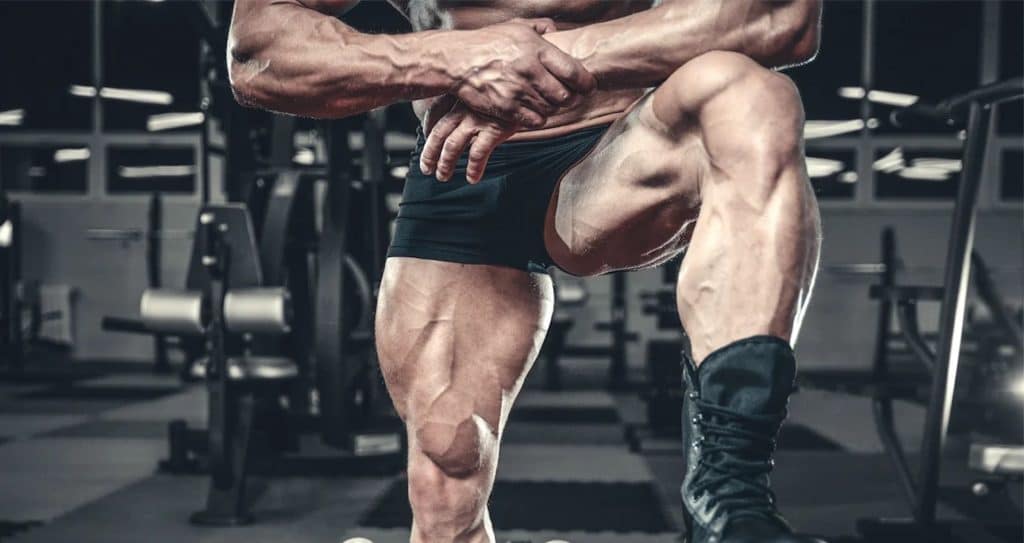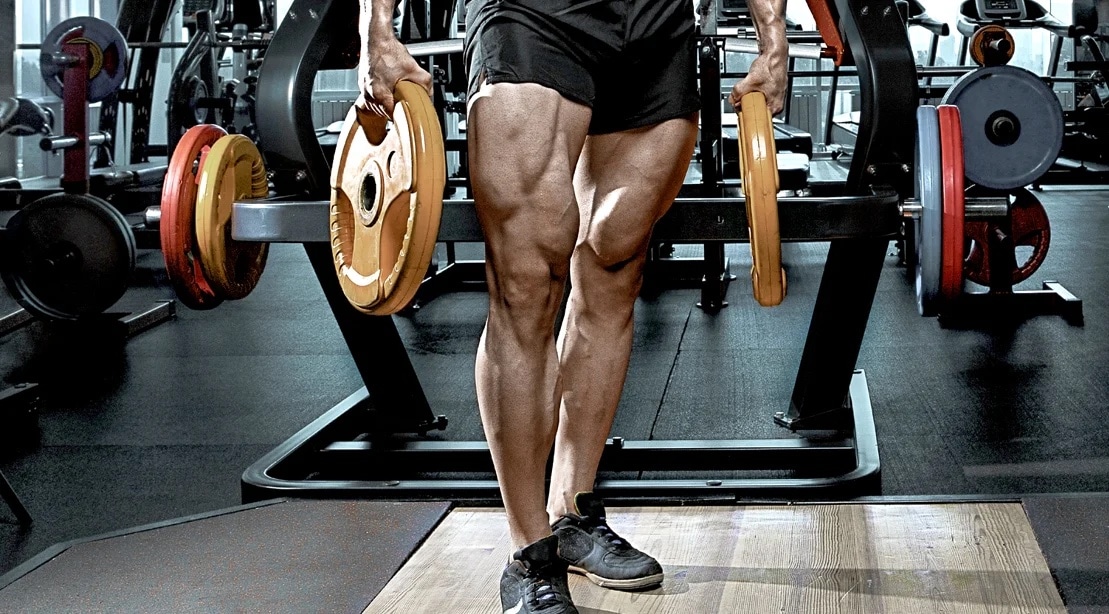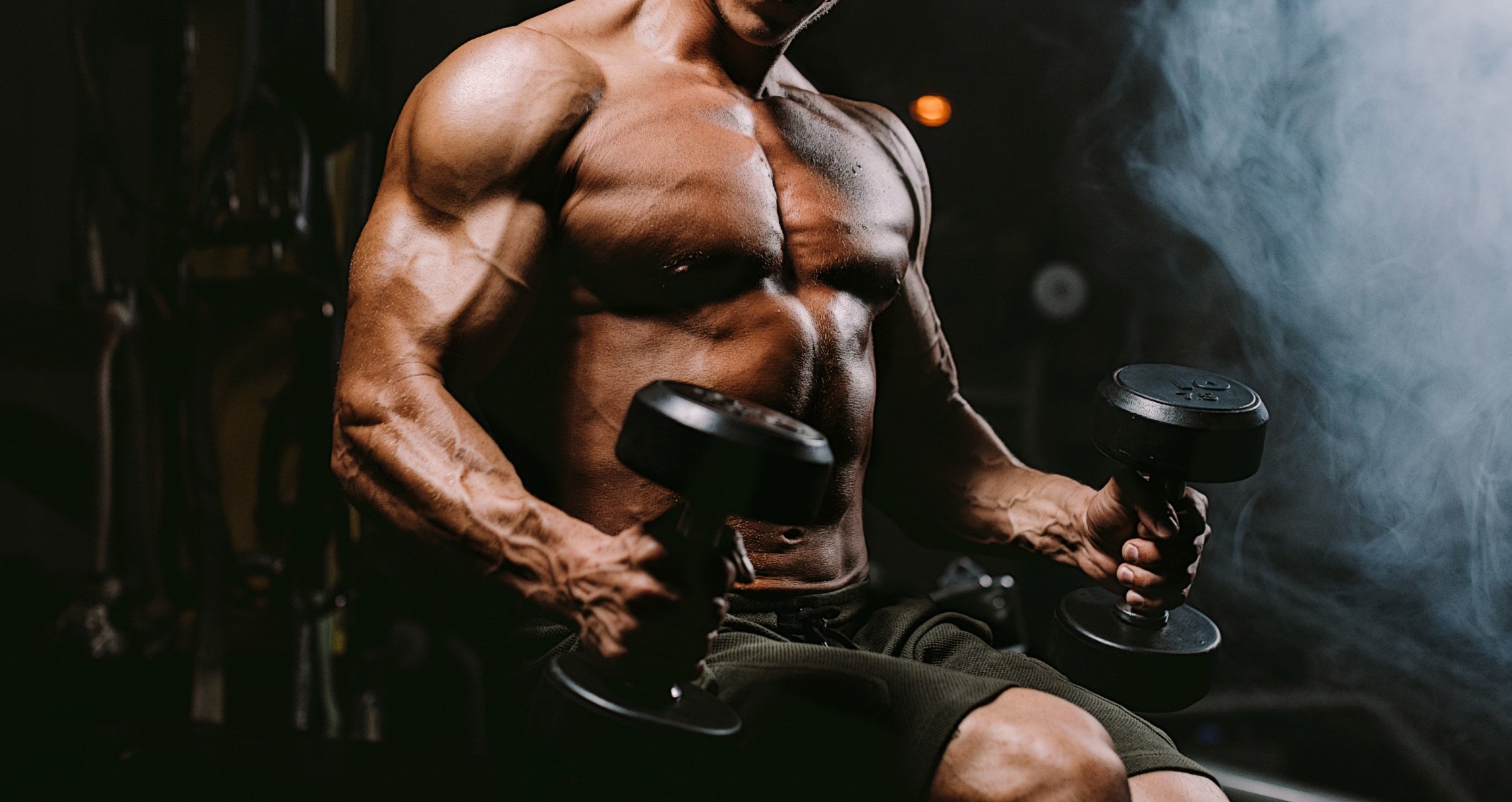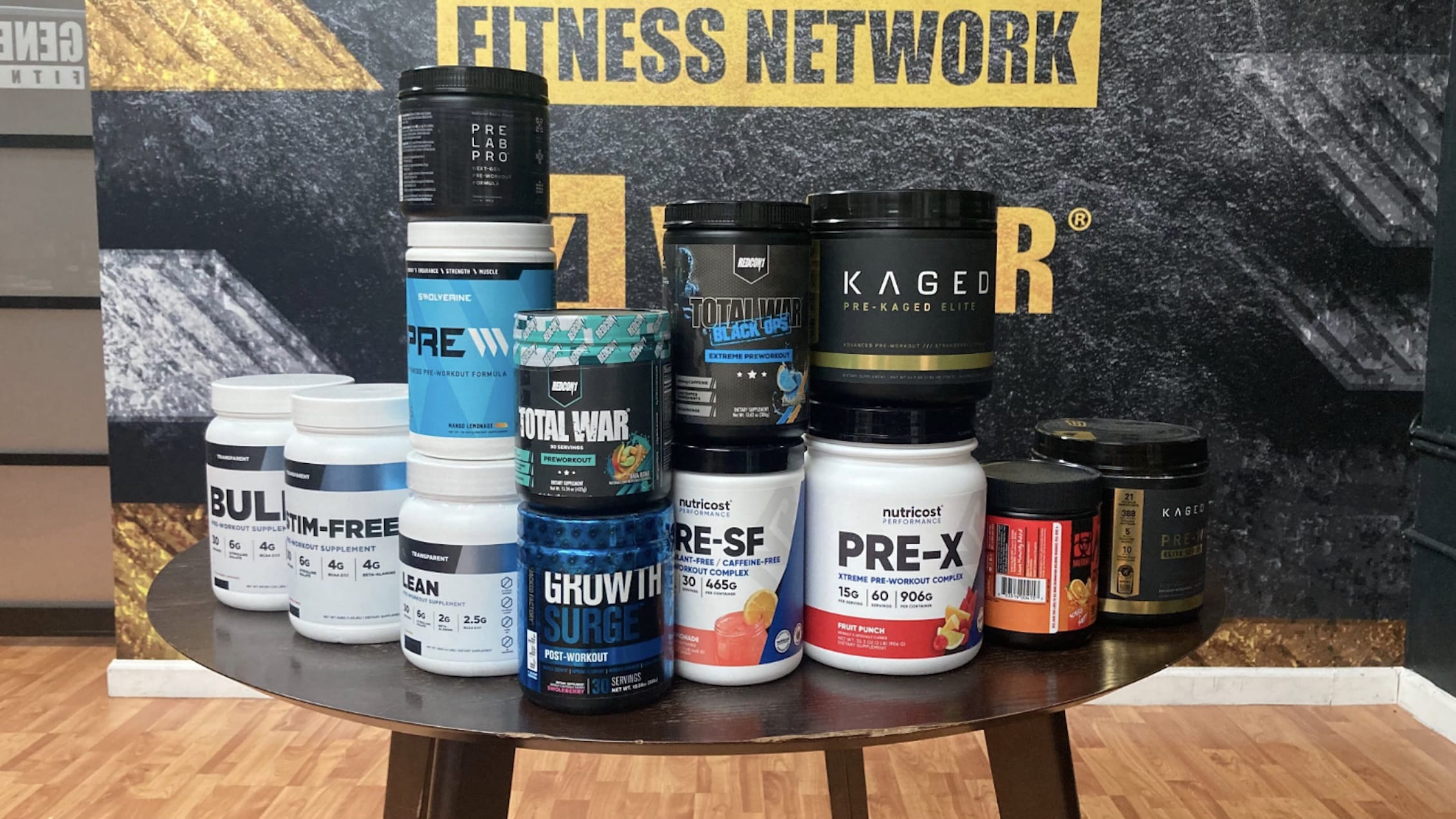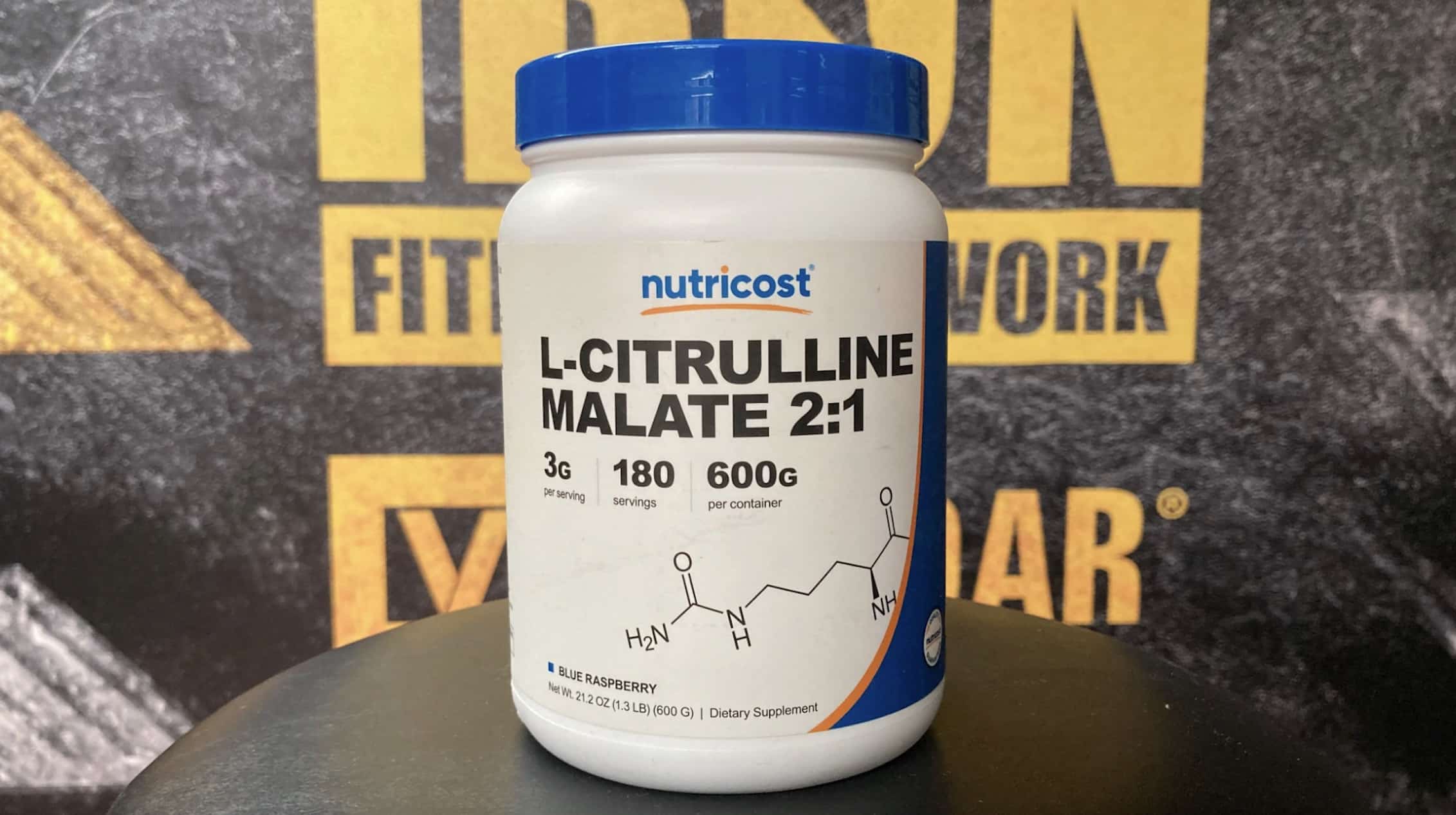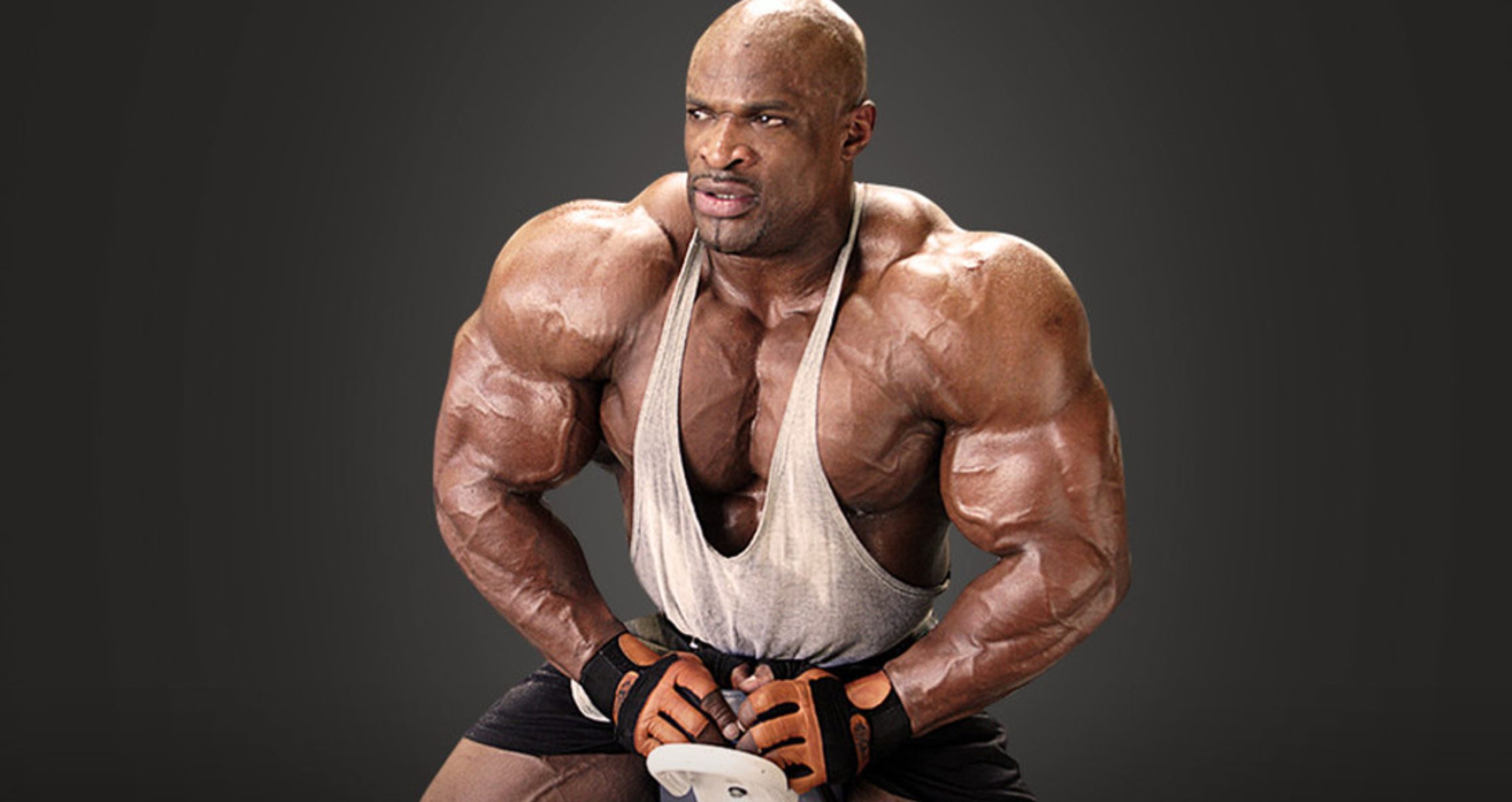The vastus medialis oblique (VMO) constructs the “teardrop” muscle.
The muscles in your lower body play a key role in balance, strength, and stability and can boost hormone production through targeted workouts (1). They support functional movement and contribute to a well-defined, athletic physique — so you don’t look like Johnny Bravo!
While the lower body comprises many important muscles, this article focuses on one standout: the teardrop muscle. Known for adding size and definition to legs, this muscle enhances strength and aesthetics, making it a critical area to target when working on leg development.
But what exactly is the teardrop muscle? How does it shape your legs, and what benefits come from building it? Most importantly, which exercises are best for targeting this muscle? This guide answers all these questions, helping you take your lower body training to the next level.
Overview — The Teardrop Muscle
The quadriceps are made up of four muscles, which are located in front of the thigh. These muscles include:
- Rectus femoris
- Vastus intermedius
- Vastus lateralis
- Vastus medialis
The vastus lateralis is the largest of the four quad muscles and is on the lateral side of the thigh. Hip flexion and knee extension are actions of the rectus femoris, while knee extension and patellar stabilization are actions of the vastus intermedius. The fourth muscle, our focus, is the vastus medialis, which runs obliquely and helps extend the knees and stabilize the kneecap.
The teardrop muscle, also known anatomically as the vastus medialis oblique (VMO), is part of the quadriceps muscle group and runs obliquely in the upper inside of the knee. The teardrop muscle helps stabilize the kneecap and extend the knees.
Any weakness or injury to the vastus medialis could result in mobility issues, especially when performing core mobility movements like standing up from a chair, lifting heavy objects, running, and climbing. The teardrop muscle stabilizes your knees by ensuring proper kneecap alignment during movement.
Benefits
So, what makes the teardrop muscle so important, especially to bodybuilding?
- A strong teardrop muscle can improve one’s daily activities and athletic performance. It allows one to move faster, jump higher, and lift heavier weights.
- The teardrop muscle ensures stability in the knees, which helps with proper knee function and reduces the chances of injury.
- A developed teardrop muscle adds to the aesthetically pleasing lower body.
- Building a better teardrop muscle lowers the risk of developing knee osteoarthritis.
Teardrop Muscle Building & Strengthening Exercises
Athletes strengthen their teardrop muscles to avoid exposing themselves to injuries that can hamper their activities and muscle growth. Specific lower-body exercises can target these muscles, but isolation exercises work well because they build a better mind-muscle connection, which is good for muscle hypertrophy (2).
Here are some of the best exercises for building your teardrop muscle (vastus medialis oblique).
- Wide Stance Hack Squat
- Single-Leg Extension
- Straight Leg Raise
Wide Stance Hack Squat
The wide stance hack squat targets your quads, hamstrings, core, glutes, and calves. However, your foot placement on the hack squat machine is key to activating your teardrop muscle more. Place them wider than the shoulder-width length and bend your knees till your thighs are at a 90-degree angle. This engages the vastus medialis and gives it specific stability and control.
How To:
- Load the machine with the desired weight, then place your feet on the plate in a stance wider than shoulder-width, with your toes pointed slightly outwards.
- Keep your back flat on the backrest and your shoulders under the pad.
- Release the safety lever and grab the handles. This is your starting position.
- Next, slowly lower the weights and bend your knees until your thighs are at a 90-degree angle. Pause in that position for about one to two seconds.
- Finally, reverse the movement to the starting position by driving your feet to complete a rep.
- Repeat this movement for as many reps as possible.
Single-Leg Extension
Leg extensions are perfect for isolating your quads and focusing on your teardrop muscles. They can also strengthen your knees. If you want to focus more on your teardrop muscles, you can perform this exercise unilaterally. This also helps address muscle and strength imbalances.
How To:
- Sit on a leg extension machine and position your right leg under the pad. Grab the sidebar on each side with your two hands to help balance. This is your starting position.
- Next, initiate the movement by raising your leg until it’s parallel to the ground. Hold this position for about one to two seconds.
- Finally, slowly and controlled, return your leg to the starting position.
- Mirror the same movement for your left leg and perform as many reps as possible.
Straight Leg Raise
The straight leg raise is a bodyweight exercise that works your quads, mainly your teardrop muscles. You can perform this exercise by sitting, lying, and standing. You can add resistance bands or attach ankle weights for progression during this exercise.
How To:
- Lie flat on your back, with one leg flat on the floor and the other with the knee bent. This is your starting position.
- Next, contract your quad muscle, lift your leg, and focus on keeping it straight for about one to two seconds.
- Finally, return the leg slowly to the floor.
- Mirror the same movement for the other leg and perform your prescribed rep range.
Follow Generation Iron on Instagram, Facebook, and Twitter for more workout tips!
References
- Shaner, A. A., Vingren, J. L., Hatfield, D. L., Budnar, R. G., Jr, Duplanty, A. A., & Hill, D. W. (2014). The acute hormonal response to free weight and machine weight resistance exercise. Journal of strength and conditioning research, 28(4), 1032–1040. https://doi.org/10.1519/JSC.0000000000000317
- Calatayud, J., Vinstrup, J., Jakobsen, M. D., Sundstrup, E., Brandt, M., Jay, K., Colado, J. C., & Andersen, L. L. (2016). Importance of mind-muscle connection during progressive resistance training. European journal of applied physiology, 116(3), 527–533. https://doi.org/10.1007/s00421-015-3305-7
